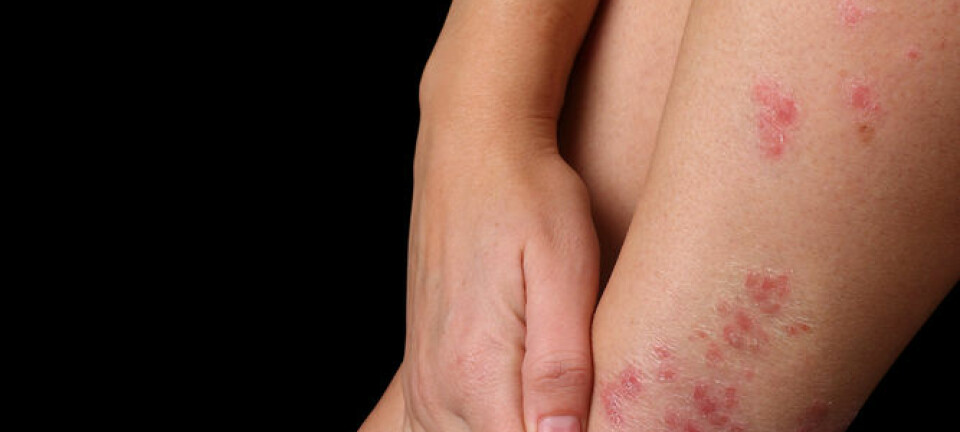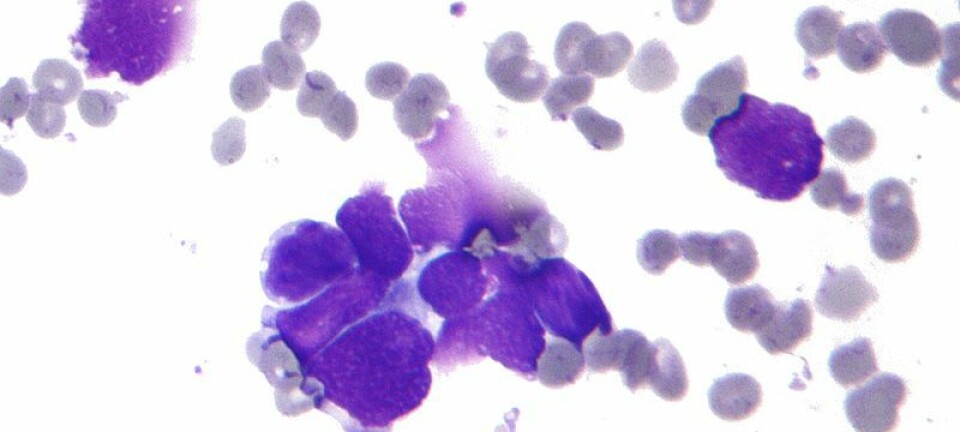
Scientists can finally explain how autoimmune disease spreads
“It’s a negative spiral,” says scientist behind new study.
When the immune system attacks the body it can go unnoticed, but the attack gradually strengthens until it has developed into full blown rheumatoid arthritis, lupus, or another type of autoimmune disease.
Scientists have now discovered how the immune system intensifies its attack.
The discovery could help with the diagnosis and treatment of autoimmune diseases before they cause too much damage.
“It’s a big step in the right direction towards developing medicine targeted at halting the negative spiral set in motion by the immune system,” says co-author, Assistant Professor Søren Egedal Degn, from the Department of Biomedicine at Aarhus University, Denmark.
The new study is published in the scientific journal Cell.
“The results emphasise the significance of cooperation between the innate and the acquired immune system, together with the significance of the B-cells,” says Professor Gunnar Houen from the Statens Serum Institut, Denmark, who describes the study as an interesting piece of work.
Read More: Mapping reveals 110 genes that increase the risk of MS
Autoimmune disease has scientists thinking
The immune system is designed to eliminate viruses, bacteria, and other foreign bodies by releasing antibodies that recognise and attach to so-called antigens on the surface of the invaders.
From here, the antibodies attract other parts of the immune system, which neutralise the threat.
But this can sometimes go wrong.
When the immune system attacks the body, its B-cells generate antibodies, which can recognise the antigens in the body’s own tissue, proteins, or DNA, and attack them.
Things escalate slowly, allowing scientists to see signs of diseases such as lupus up to ten years in advance.
Scientists have long wondered how this happens.
“We’ve known for a long time that the immune system can make a mistake and start to attack the body. But until now we didn’t understand how the reaction became strengthened over time and spread out to other tissues and organs. This is what we have described,” says Degn.
Read More: This is how your immune system's memory works
Immune system ups the attack
Degn’s research shows that the immune system’s B-cells are continuously recruiting other B-cells to take part in the fight against perceived threats.
This occurs inside the lymph nodes and spleen, where the B-cells develop antibodies—the so-called germinal centre. Their normal function is to ensure that the B-cells produce antibodies best able to recognise the foreign body by continuously fine-tuning their ability to bind antigens.
But these B-cells can also pull bystander B-cells into the germinal centre, which produce other types of antibodies. This causes the immune system to go from attacking one location in the body to attacking multiple locations.
“It’s a negative spiral, where B-cells continue to recognise something new in the body and increase their reaction to it continuously. You go from drawing on one type of B-cell, which only attacks one place in the body, to drawing in many B-cells that attack many different places. It spreads like a ripple on water and the autoimmune disease develops,” says Degn.
Read More: Crohn's, eczema, and psoriasis have the same genetic cause
A new diagnostic tool
According to Degn, the new discovery could lead to new treatments that target the B-cells and the destructive behaviour of the germinal centre.
It could allow scientists to discover the mechanism that ultimately controls autoimmune diseases.
“Our results increase the momentum towards developing medicine targeted at the germinal centres. We may also be able to examine the germinal centre as a diagnostic tool to identify whether various autoimmune diseases are brewing,” says Degn.
------------
Read more in the Danish version of this story on Videnskab.dk
Translated by: Catherine Jex











